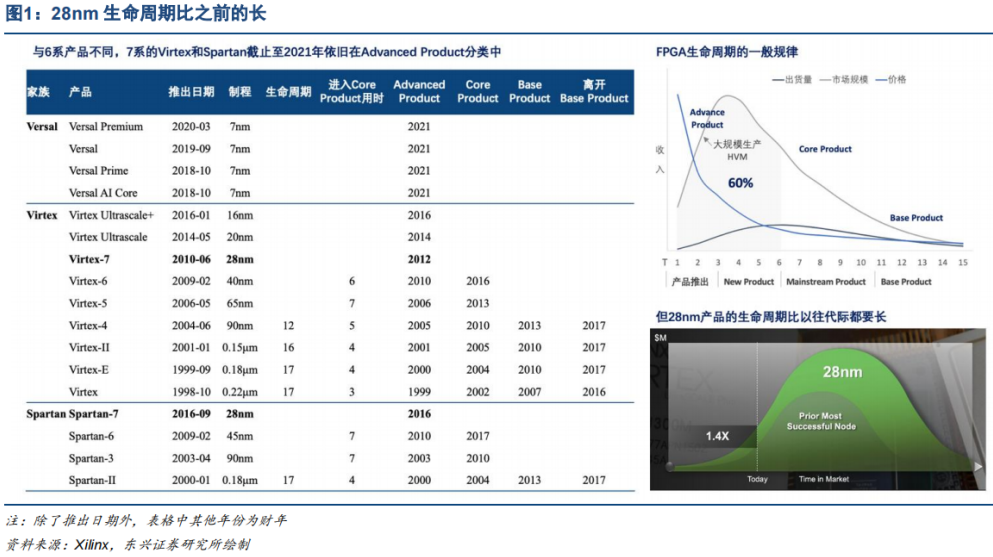
Click the “blue text” above to follow for more exciting content.
This article contains a total of 894 words, and reading the full text will take about 2 minutes.
Favorable Condition 1: In recent years, domestic FPGA manufacturers have received substantial government subsidies, reflecting the country’s strong support for FPGA localization. According to disclosed data, from 2018 to 2022, domestic FPGA manufacturers received government subsidies amounting to tens of millions or even over a hundred million each year. In 2022, the government subsidies recognized by Anlu Technology, Fudan Micro, and Unisoc were RMB 30 million+, RMB 60 million+, and RMB 170 million, respectively. Meanwhile, Loongson Technology, primarily producing CPUs, received government subsidies of RMB 190 million in 2022, while Haiguang Information, focusing on CPUs and DCUs, received RMB 60 million+, and Jingjia Micro received RMB 30 million+. According to WSTS data, the microprocessor market size in 2022 was $50.8 billion, which is six times that of the FPGA market size. Compared to other categories of digital chip companies, FPGA companies still receive significant government subsidies, demonstrating the country’s strong willingness to support FPGA development.

Favorable Condition 2: The lifecycle of 28nm technology is longer than previous generations, providing domestic manufacturers with ample room to catch up. As a typical digital chip, the lifecycle of an FPGA is generally only 10-15 years (while analog chips can last over 20 years). The rapid iteration characteristic means that its revenue peak often occurs in the 4-5 years following its launch, with 60% of revenue generated in the first 6 years, followed by a decline in both volume and price. Therefore, market players must strive to lead in process technology, as manufacturers lagging in process technology often cannot generate sufficient revenue to support the development of the next generation of products. Generally, new products from Xilinx enter the Core Product category 5 years after launch, with revenue contributions beginning to decline annually, and entering the Base Product stage in the 9-10 years post-launch, where revenue contributions remain very low until completely phased out.
For example, the Virtex 6 was launched in 2009 and entered the Advanced Product category the following year, transitioning to the Core Product category 6 years later. According to past patterns, the Virtex 7 should have entered the Core Product category in 2018, but as of the latest disclosed data in 2021, the Virtex 7 remains in the Advanced Product category.
In October 2022, Xilinx announced an extension of the 28nm 7 series products to 2035, indicating that the lifecycle of 28nm FPGAs is longer than previous generations. Considering that current domestic FPGA manufacturers are focused on 28nm technology, this extension of lifecycle is very favorable for domestic FPGA manufacturers, as they are not facing a declining market but rather have sufficient market space to generate enough revenue for the launch of the next generation of new products.



Risk Warning:This content only represents the analysis, speculation, and judgment of the Breaking Research team, and is published here solely for the purpose of conveying information, not as a basis for specific investment targets. Investment carries risks; please proceed with caution!Copyright Statement:This content is copyrighted by the original party or author. If reproduced, please indicate the source and author, retain the original title and ensure the integrity of the article content, and bear legal responsibilities for copyright and other issues.
END
